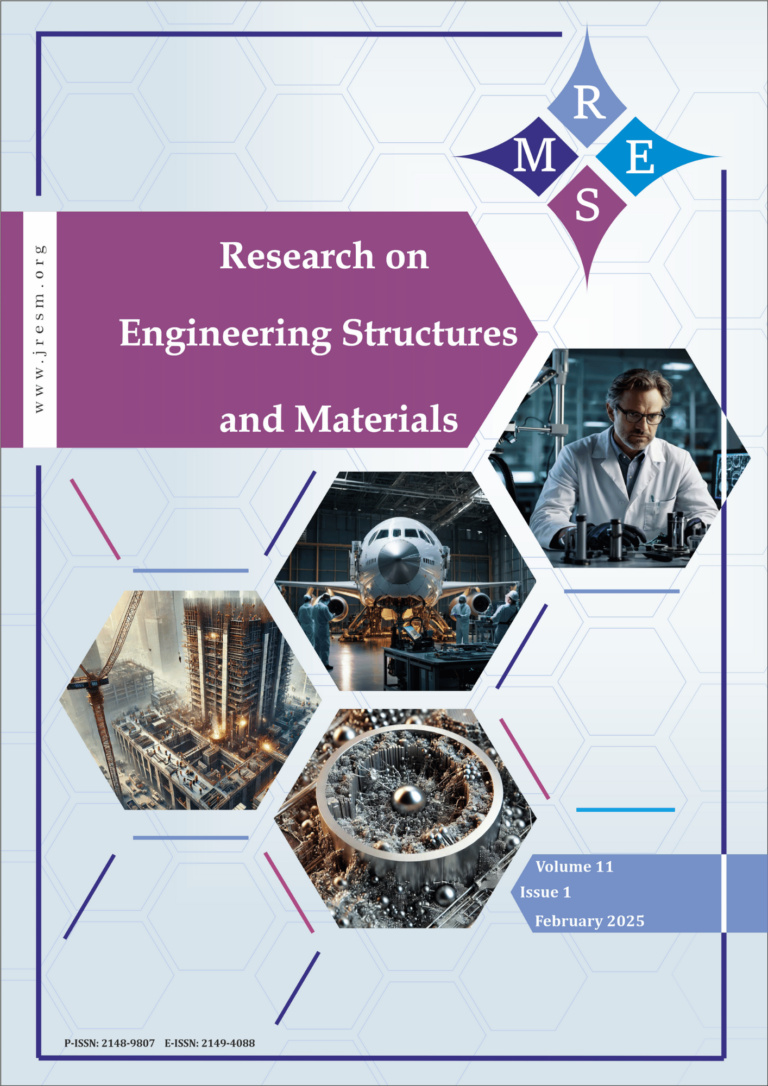Earthquakes are the most vulnerable natural hazard which causes damage to both structure and human life. Even though advanced technologies have invented some degree of predictability in terms of probabilistic measures the main challenge for the structural engineers is to design earthquake-resistant structures. The use of base isolation solutions allows a building to withstand potentially devastating seismic impacts by allowing for flexibility in between building and the foundation. The concept of base isolation system had been suggested in last few decades and getting well established in countries like US, Japan and Turkey. Properly designed and detailed building with base isolation has shown very good performance in past earthquakes and the demand of base isolation has increased. The main focus of this study is to understand the performance and efficacy of base isolation in regular multi-storey RC framed structures with varying heights using lead rubber bearing by response spectrum analysis and pushover analysis. The software used was ETABS 2018 followed by IS 1893(Part 1):2016 and ASCE 7-16 under most credible earthquake. Performance of lead rubber bearing in G+5, G+15 and G+25 storey building models was examined and compared with the fixed base buildings. All the models showed better performance with isolators than the fixed base models. However, the effectiveness of base isolators is more prominent in medium and high-rise buildings.
